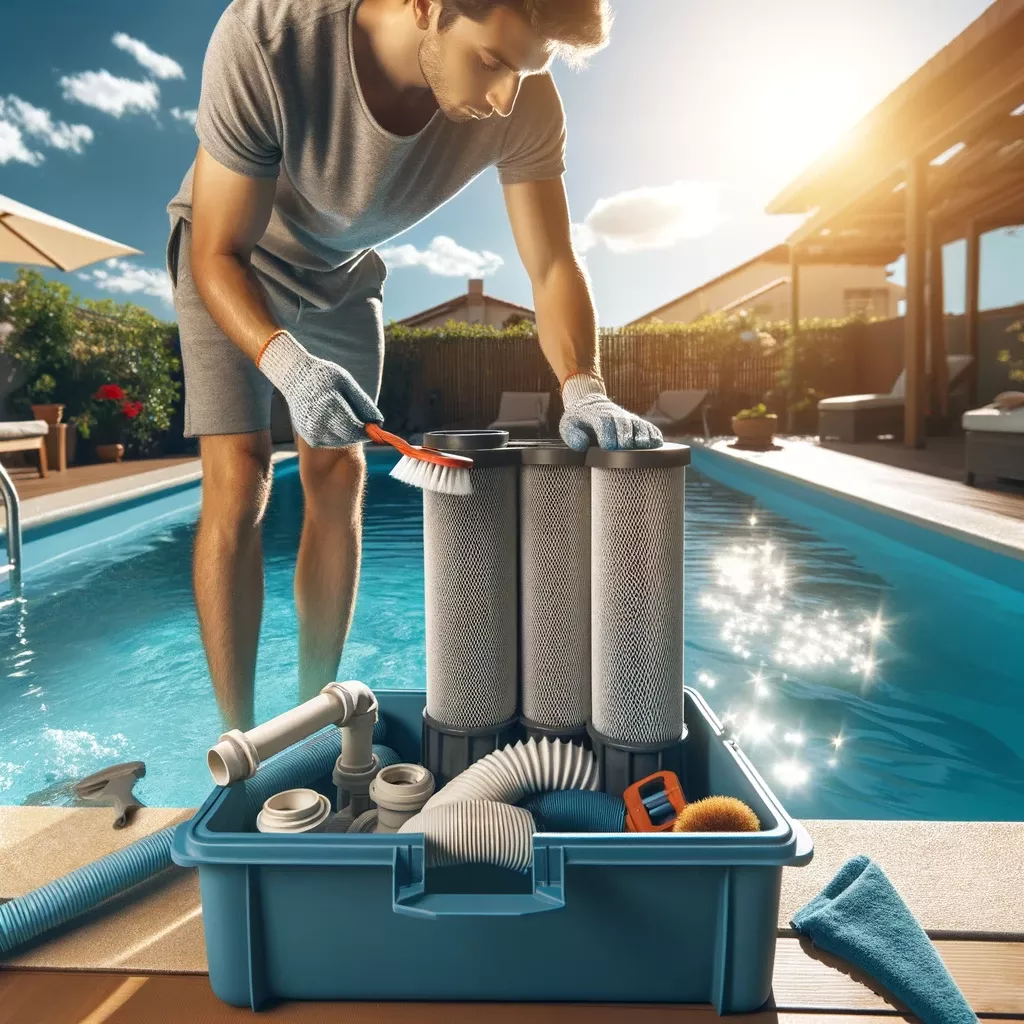Sand filters, as highly efficient filtration equipment, are widely used to remove suspended solids and impurities from water. However, the proper use of sand filters not only involves their operation and maintenance but also includes how to safely handle and store chemicals. Incorrect handling of chemicals can cause damage to the sand filters and even affect water quality safety.

Chemicals that cannot be used with sand filters
- Avoid Contact with Strong Oxidants:
- Strong oxidants should not be directly added to sand filters. Since sand filters primarily use quartz sand as the filtration medium, direct contact with high-concentration bleaching powder or chlorine and other strong oxidants can cause chemical reactions. These reactions may not only reduce the filtration effectiveness but also damage the filter material.
- Avoid storing strong oxidants near the sand filter. Using or storing strong oxidants, especially in unsealed or leak-prone conditions near the sand filter, can lead to corrosion and other safety issues.
- Proper Use of Disinfectants:
- Do not add disinfectants inside the sand filter. While disinfectants (like chlorine) are essential for maintaining water quality in swimming pools, they should be added after the water has been filtered through the sand filter. This is because adding disinfectants inside the sand filter can cause unnecessary chemical reactions, affecting the performance and lifespan of the filter material.
- Control the amount and timing of adding disinfectants. Excessive use of disinfectants can be harmful not only to the sand filter but also pose health risks to swimmers. Therefore, it is crucial to add them strictly according to the recommended amounts and timings.
- Add an appropriate amount of algaecide to the swimming pool. This step should be done before starting the sand filter to ensure that the algaecide is evenly distributed in the water.
- Start the sand filter 24 hours after adding the algaecide. This is done to ensure that the algaecide is fully circulated throughout the entire pool, enhancing its effectiveness.
- The sand filter will help remove dead and settled algae debris while operating. Therefore, continuously running the sand filter not only helps better disperse the algaecide but also effectively removes debris resulting from algae death.
Routine Maintenance of the Sand Filter
- Monthly Maintenance
- Clean the pressure gauge connection and observation window: Ensure these parts are clean and unobstructed for accurate data reading.
- Check the working condition of the exhaust valve: Ensure that the exhaust valve is not blocked and is functioning properly.
- Quarterly Maintenance
- Check the accuracy of the pressure gauge and flowmeter: Regularly verify if these instruments are giving accurate readings and perform necessary calibrations.
- Annual Maintenance
- Open the manhole and check the filter medium and the contact surface of the filter: Look for any corrosion and assess the quality of the sand layer.
- Add new filter material: If necessary, replenish the filter material to the designed height.
- Cleaning the Filter
- Pay attention to the thickening of the filter layer and the increase in filtration resistance: Clean the filter when the pressure gauge reading increases by 30% of the normal pressure (for example, from a normal pressure of 1.0kg/cm² to 1.3kg/cm²).
- Perform backwashing: Turn off the water pump, move the controller handle to the backwash position, allowing water to flow from the bottom upwards, flushing out impurities from the sand layer.
- Clean the debris inside the pipe: Then, move the controller to the cleaning position to discharge the debris from the sand tank. This process usually takes about half a minute to one minute.
- Restore normal filtration: After cleaning, move the handle back to the normal filtration position and restart the water pump.
In summary, proper handling and storage of chemicals related to the sand filter are key to ensuring long-term effective operation of both the swimming pool water quality and the sand filter. During the use of the sand filter, it is essential to avoid direct contact with certain chemicals, especially strong oxidants and incompatible disinfectants. At the same time, reasonable chemical management and storage measures can reduce accidental risks and improve filtration efficiency.
